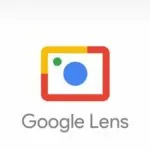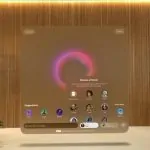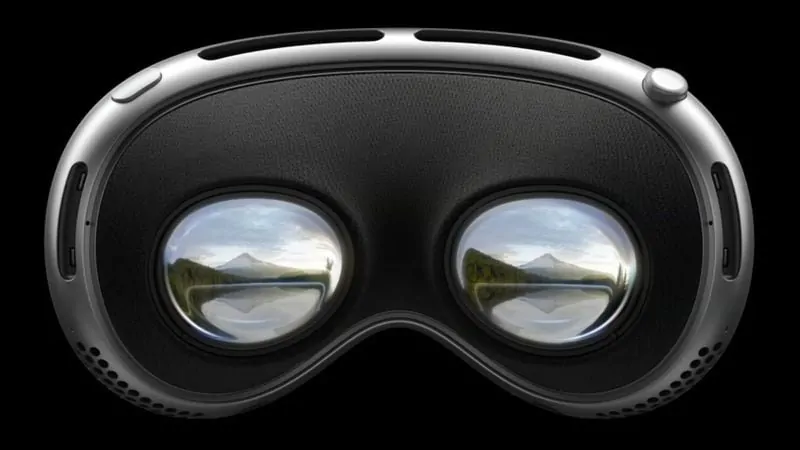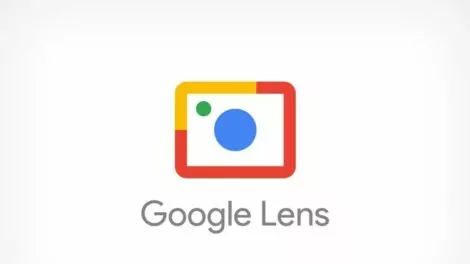Apple‘s first foray into virtual and augmented reality (VR/AR) with the Vision Pro headset has already sparked intrigue and speculation across the tech landscape. But now, tantalizing rumors swirling around their next offering, the mythical Vision Pro 2, hint at an even brighter horizon ahead – both figuratively and literally.
Dazzling Upgrades Beckon for Apple’s VR Displays
While details remain sparse, early whispers suggest the Vision Pro 2 may spotlight cutting-edge micro-OLED technology to drive its visuals. This potential upgrade from current WOLED displays promises significant advancements that could utterly transform the VR experience:
- Blinding brightness for vibrant, realistic colors
- Power efficiency for longer battery life
- Inky blacks and stellar contrast ratios
- Smoother frame rates and less motion blur
In other words: an utterly dazzling visual ride. But spec sheets only tell half the tale. Let’s explore why these rumored upgrades matter – and how they might shape Apple’s VR odyssey moving forward.
Brighter Skies for VR Visuals
Much virtual reality’s early difficulties centered around hardware constraints dampening the experience. Latency, narrow fields of view and visuals lacking vibrancy have all hindered adoption.
But micro-OLED’s awe-inspiring upgrades, from searing brightness to buttery smoothness, suggest the beginning of a new era. One where displays can finally fulfill VR’s towering visual potential and transport users to astonishing virtual vistas.
Goodbye Squinting, Hello Dazzling Brilliance
Current OLED and LCD displays in VR headsets still struggle matching real-world levels of illumination. But micro-OLED technology boasts brightness levels nearly double most existing offerings.
Why does this matter? Well, imagine finally viewing virtual environments where colors shine radiantly, details remain clear even in shadows, and light blooms the way your eyes expect. No more wincing at washed-out hues or missing subtle elements lost to darkness.
Laggy Days Fade Under Smooth Micro-OLED Rendering
Few things rupture VR immersion faster than choppy visuals or motion blur inducing nausea. But micro-OLED displays tout glass-like smoothness, with persistence times below 1 millisecond.
This silky rendering minimizes latency and stickiness as users swivel their heads or traverse virtual worlds. The result? Your stomach thanks you as frames flow seamlessly without a hint of delay.
The Quicker, Cooler Screens We’ve Been Waiting For
High resolution VR visuals demand serious graphical horsepower. Cue processing units piping like furnaces as frames chug toward lofty resolutions. But micro-OLED’s efficient design radiates less heat while chewing through 30% less energy per pixel.
For users, this means cooler-running headsets and longer play sessions before that dreaded low battery warning. For Apple’s designers, new thermal flexibility to crank visual fidelity even higher. Everybody wins.
Apple Raises Its VR Game
While rumors should be Taken with salt, the notion of souped-up micro-OLED displays arriving in a Vision Pro sequel align neatly with Apple’s VR roadmap.
Their first headset broke ground on seamless AR/VR blending and intuitive controls. But adding high-fidelity visual codpieces like micro-OLED shows Apple is also building towards more enveloping experiences as the hardware matures.
One Eye on The Future of Immersion
Virtual reality sells the sizzle of transporting users to astonishing digital worlds. But delivering fully immersive experiences remains difficult with current hardware limitations trimming graphical possibilities.
Next-gen micro-OLED displays open new doors for Apple to craft increasingly convincing illusions and give users deeper sensory access to virtual environments.
Laying Foundations Under The Metaverse
Apple understand hardware evolutions enable expansive possibilities down the track. Each iterative upgrade brings their vision for integrated VR ecosystems into crisper focus.
Micro-OLED displays in the rumored Vision Pro 2 seem the next brick strengthening Apple’s burgeoning VR ecosystem. One day, these foundations may underpin the offices, playrooms and communities in our virtual future.
In essence, Apple is already placing pieces to own the user experience as immersive technologies mature. Exciting times ahead!
A Glimpse Over The Horizon
The Vision Pro 2 remains shrouded behind closed doors…for now. But early supply chain whispers suggest Apple has already eyed significant display upgrades to vault its next VR flagship into the immersion stratosphere.
And however these rumors unfold, one thing seems certain – Apple won’t settle for iterative tweaks in a space where creative possibilities evolve exponentially alongside hardware improvements.
Truly immersive mixed reality likely remains years away from mainstream integration. Yet each generational upgrade brings that dream closer on the horizon. If Apple nails its VR execution, brighter virtual vistas surely await in the Metaverse!










Add Comment